Nokia 4A0-C01 - Nokia NRS II Composite Exam
Which of the following TLV fields is included in an IS-IS Hello packet?
Which of the following is optional when configuring IS-IS on the Alcatel-Lucent 7750 SR?
Click the exhibit button.
Which of the following statements best describes the format of data traffic sent from the PC to the server?
Exhibit
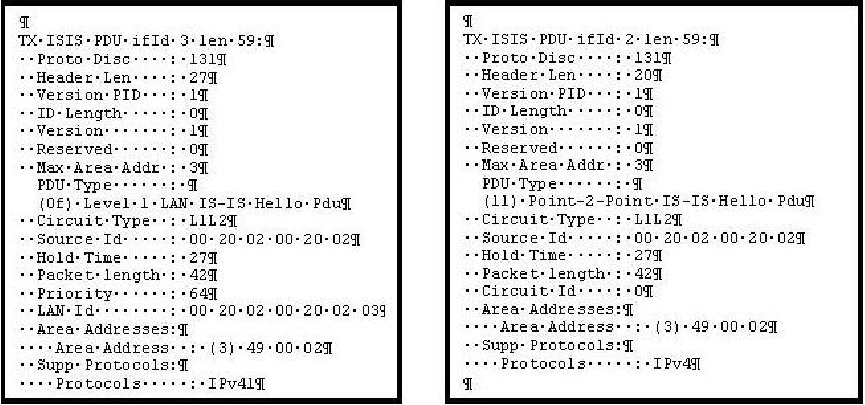
The following IS-IS packets have been exchanged between 2 adjacent IS-IS routers. What type of adjacency will be formed?
Click the exhibit button.
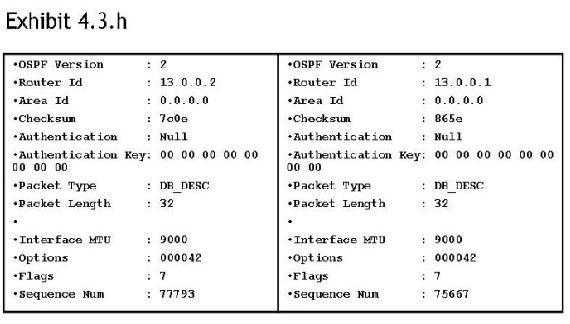
The OSPF packets shown have been exchanged between two neighbors. What state is the OSPF adjacency in?
Which of the following LSA types stay within an OSPF area, and are not flooded outside of the area? Choose two answers.
Click the exhibit button.

Router 2 advertises the network 192.168.3.0/24 to router R1 via IS-IS.
How can router R1 ensure that it discards the route?
What command will show the IS-IS neighbors, and their status on an Alcatel-Lucent 7750 SR?
Which of the LSA types stay within an OSPF area and are not exported outside of the area? (Choose all that apply)
Click the exhibit button.

Router R2 advertises the network 192.168.3.0/24 to router R1 via RIP.
How can router R1 ensure that it discards the route?
When a router receives an IP packet, but does not find a match in the routing table for the destination IP address, what actions are performed by the router?
If routers R1 and R2 have a Level 1 and Level 2 IS-IS adjacency, which of the following statements is true? Choose two answers.
Which of the following cannot be used as a matching criterion in route policy statements?
An Alcatel-Lucent 7750 SR receives a route via an IS-IS LSP with internal reach ability, and receives the same route via an OSPF type 5 LSA. If al protocol preferences are default, which route will be installed in the route table?
The exhibit shows a route to 2001:DB8:1:200::/56 in the IPv6 route table. How did the route get into the route table?
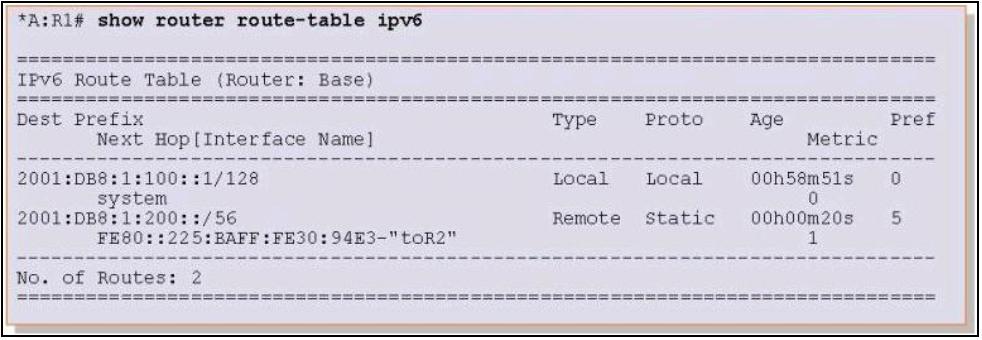
Click the exhibit button.
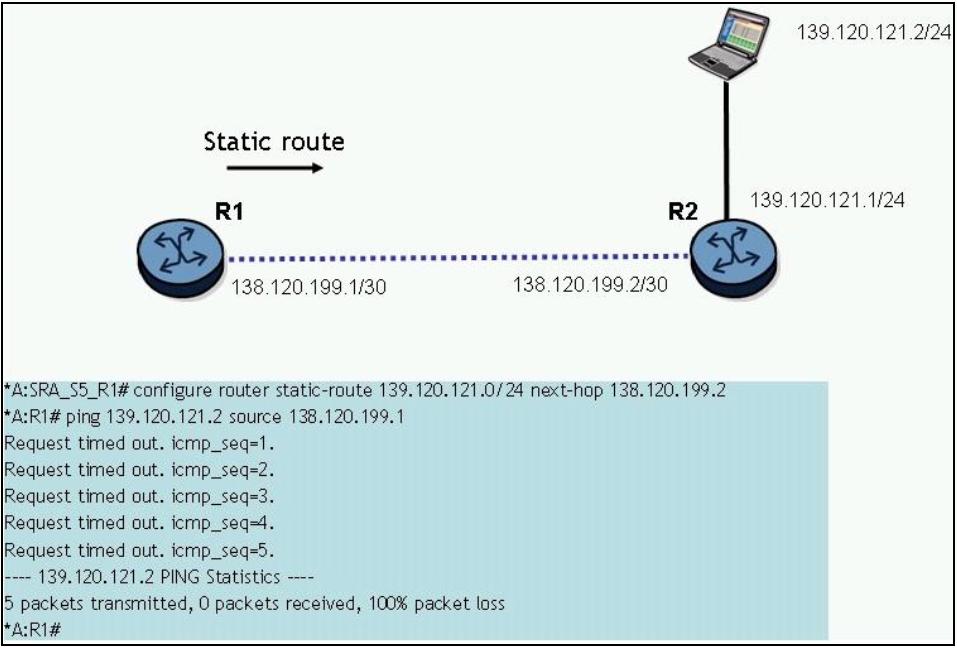
A static route has been configured on router R1 to reach the PC at 139.120.121.2. However, as shown in the exhibit, the ping fails. What is the most likely cause of the problem?
Click the exhibit button.
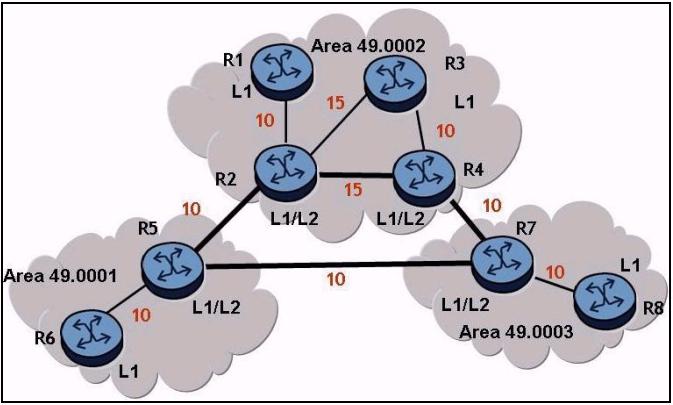
Given the diagram below, what path will traffic follow from router R6 to router R3, and from router R3 to router R6, if IS-IS is the routing protocol? The numbers beside the links are the metrics for that link.
Refer to the exhibit.
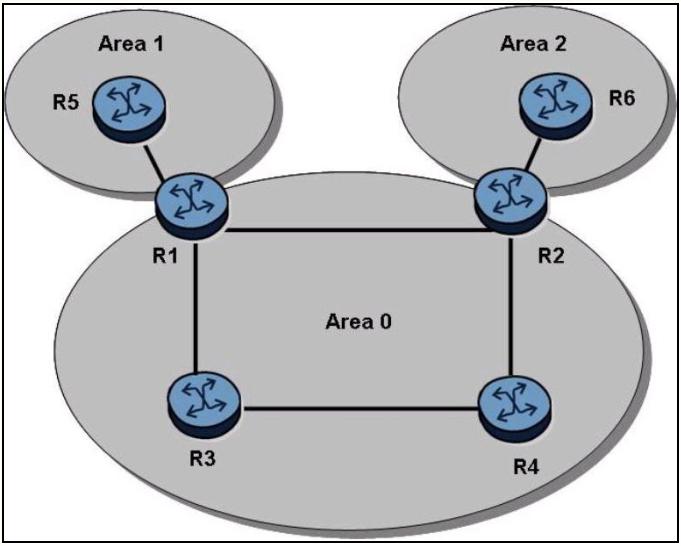
Assume that OSPFv3 is properly configured on all routers and that R4 advertises its system prefix into Area 0. Which of the following statements best describes how R5 learns R4's IPv6 system prefix?
Which of the following statements describe the major features of OSPF? Choose two answers.
Which of the following statements regarding distance vectors protocols are true?
(Choose two answers).



